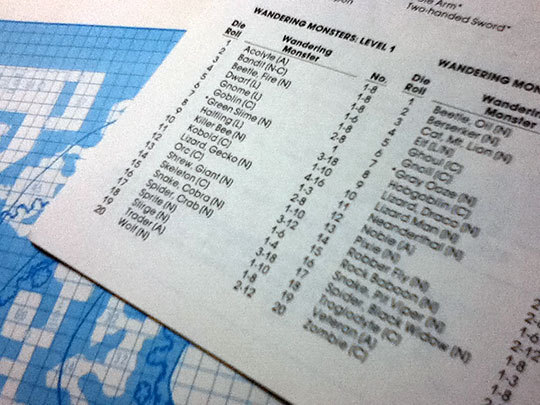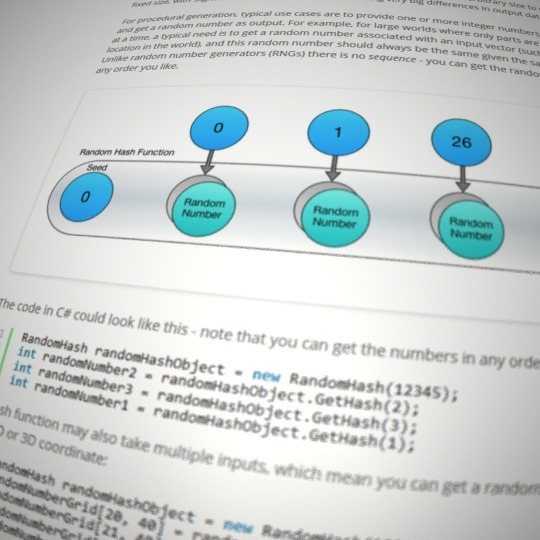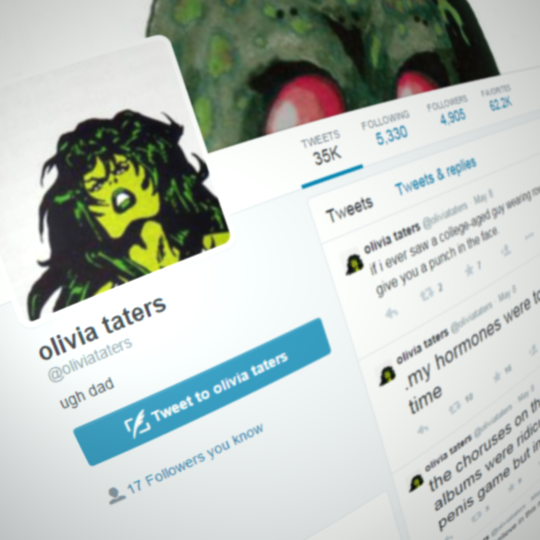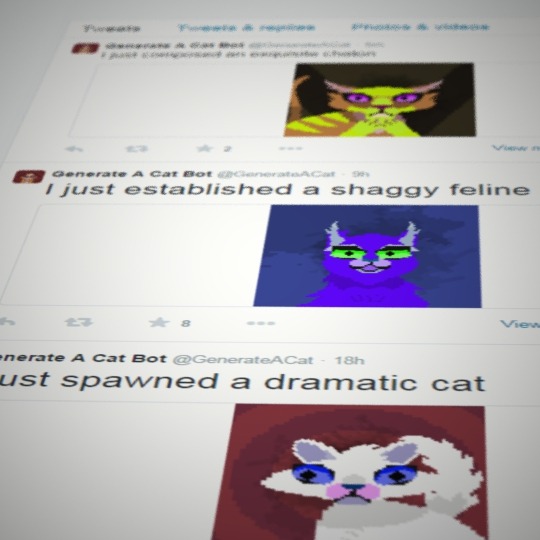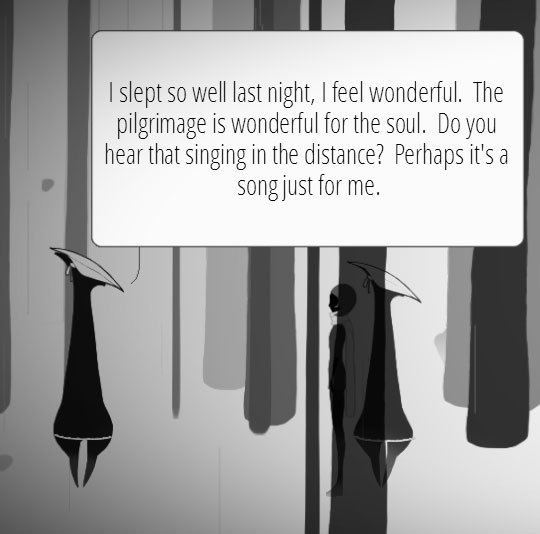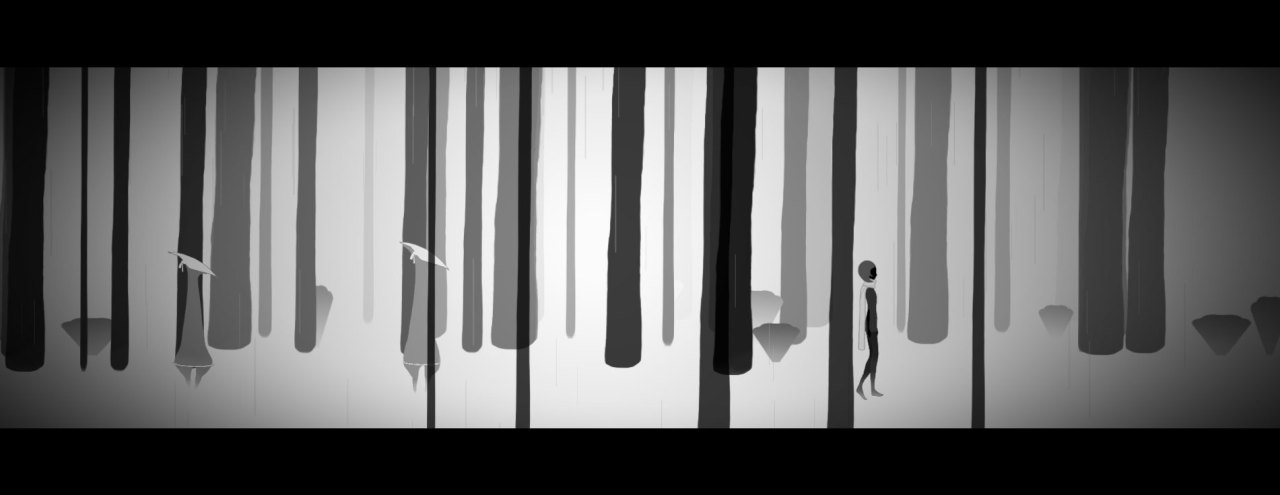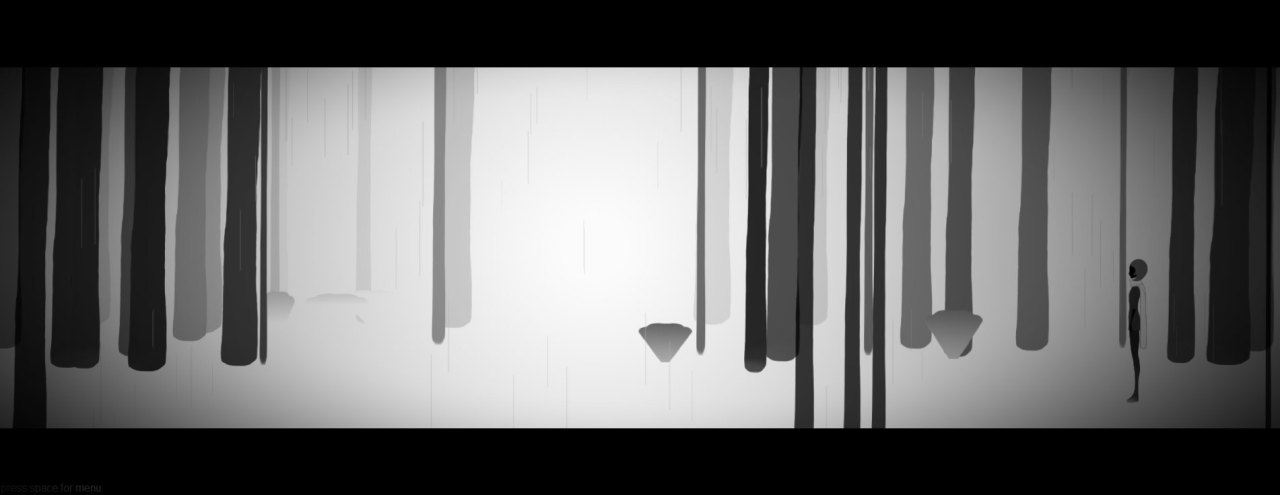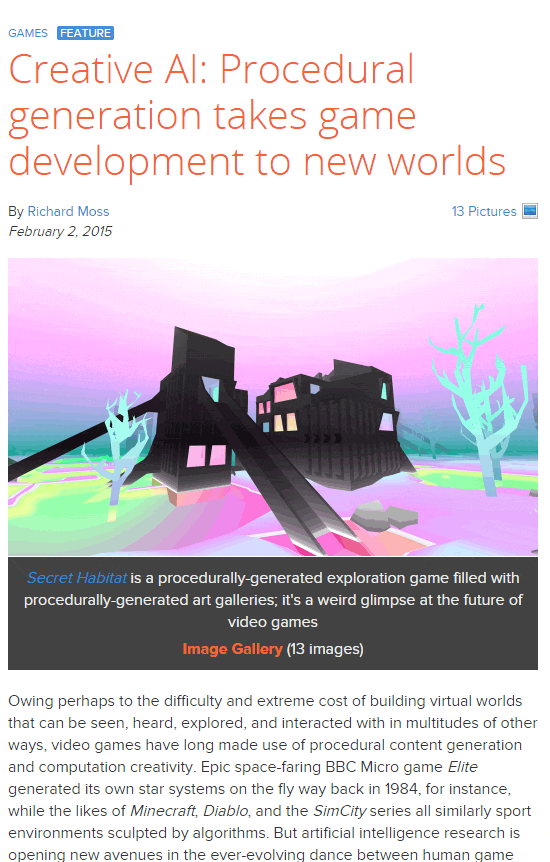

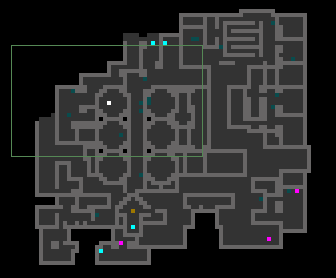
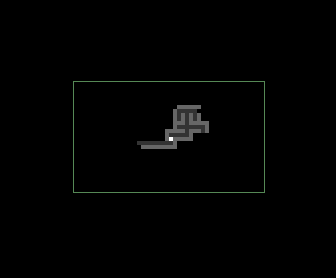
Dungeon Crawl Stone Soup (2015)
Like the other major Usenet roguelikes, Dungeon Crawl has a ridiculously dense feature list. Beginning as Linley’s Dungeon Crawl (first released by
Linley Henzell in 1997) Crawl has remained popular enough to continue to be updated by the Crawl devteam.
Crawl has lots of procedurally generated systems, but the interesting one we’re going to talk about today is its map generator. Today, Dungeon Crawl’s generator use a mix of several general layout generators combined with vaults, which are partially prefabbed sections of content that connect to the rest of the dungeon. At this point, there are thousands of vaults, ranging from tiny staircases to the massive end-game Zot:5 vaults.
This flexibility lets Dungeon Crawl get a lot of texture into various parts of the game. The game is about tactical control of the terrain, so a level of tight corridors feels very different from one that has wide open spaces. Compare the screenshots about that showcase some of the variability that the main dungeon maps can have. By mixing in pre-made content in ways that mesh with the rest of the level, the game can take advantage of the best of both approaches. One side-level is a portal to a labyrinth that changes as you move through it, highlighting the versatility of the game.
http://crawl.develz.org/



